The SLR Magic Image Enhancer Pro filter is an ultraviolet to infrared control filter that is useful for digital cinematography as well as stills photography.
Well, that's what the filter's box states anyway. I wanted to see how well it would work for cutting UV and IR when used with my full spectrum converted camera, to be able to capture 'normal' (visible light) images.
In this review I'll be comparing it to my other various UVIR cut filters. There are two type of UVIR cut filters - dichroic (reflective) and absorptive. The reflective filters have problems with cyan vignetting when used with wide-angle lenses. The absorptive filters don't have this problem, but my Schott BG-40 (absorptive) filter cuts deep reds, so that's not perfect either.
I haven't seen any proper transmittance graphs for the SLR Magic Image Enhancer Pro filter, but from graphs I'd seen on the web prior to purchasing it looked like it should transmit okay into the deep red. (And also a little IR). Here are the graphs from the back of the box, comparing transmittance of a standard ND filter, a standard UVIR cut filter, and then the Image Enhancer Pro filter.
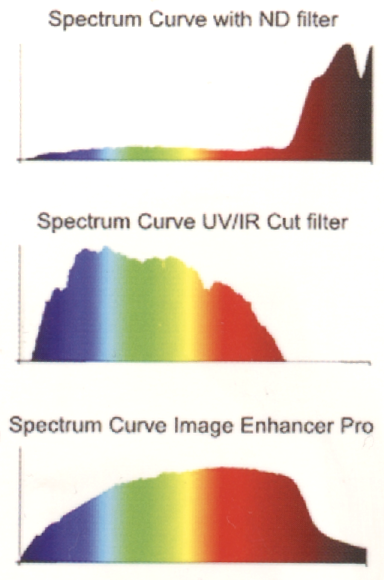
According to the box:
... IR-Cut filters completely cut off infrared light at 700nm but cause blue color shifts when used with wide-angle lenses. When the Image Enhancer Pro Filter is applied, light spectrum values between 200nm to 1200nm are controlled, restoring the spectrum to a more natural balance working with both wide angle as well as telephoto lenses.
So no cyan vignetting on wide-angles and also transmittance into the deep red, sounds perfect. But does it actually deliver?
Cyan vignetting test - full spectrum camera
First test is just shooting a piece of gray card, lit with full spectrum modified flash. Lens is the wide-angle Fuji 14mm (diagonal FoV ~90°) on a full spectrum converted Fuji X-M1 camera. This should help show up any cyan vignetting caused by the filter. White balance was set in post on the white section of the central card.
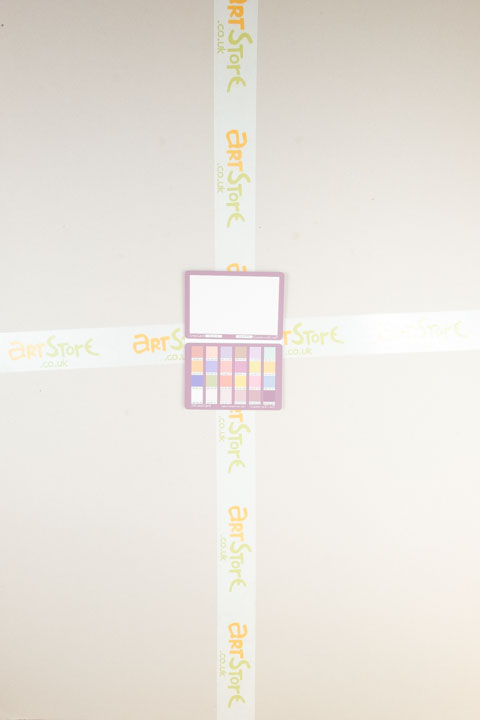
No filter
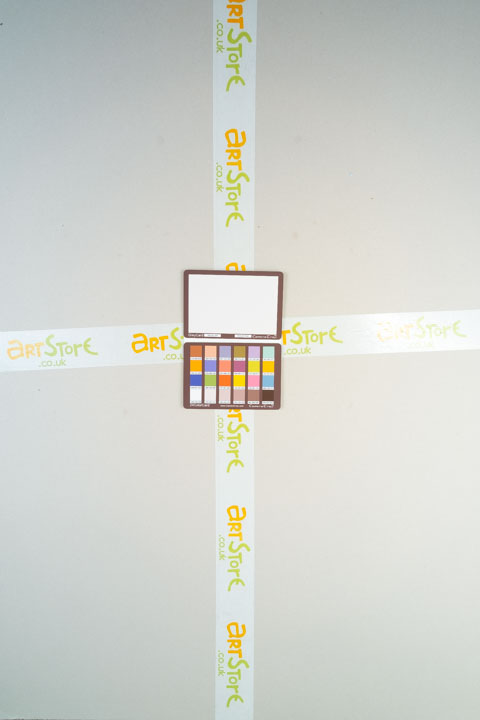
SLR Magic Image Enhancer Pro
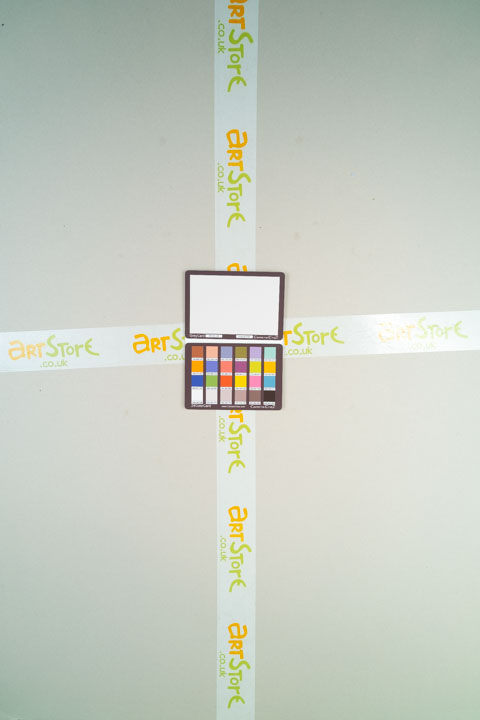
Tiffen Hot Mirror
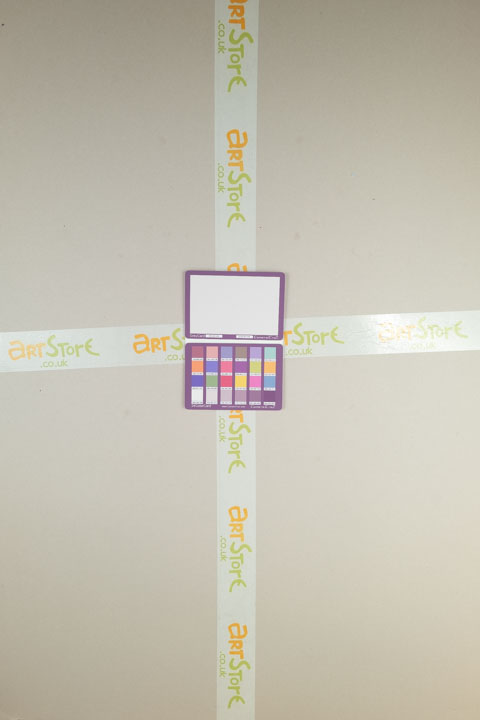
Tiffen T1
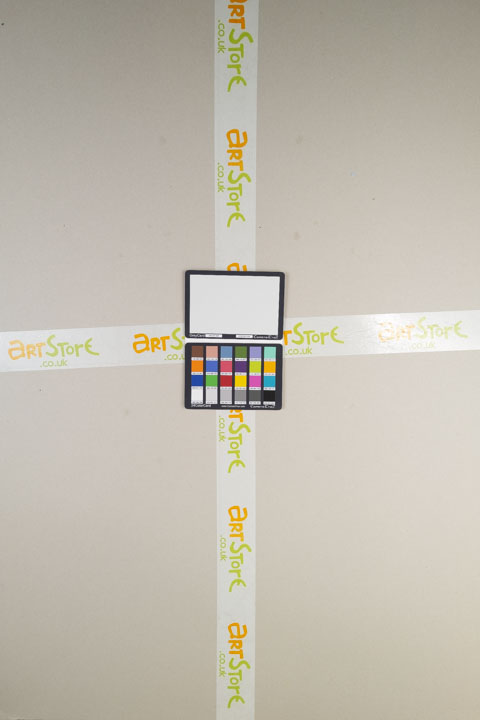
Schott BG40

B+W 486
From these we can see the Image Enhancer Pro filter actually does have cyan vignetting, but it is less than the Tiffen Hot Mirror and much less than the B+W 486.
Cyan vignetting test - standard camera
Second test is the same, but on a standard X-A1 camera:

No filter

SLR Magic Image Enhancer Pro

Tiffen Hot Mirror

Tiffen T1

Schott BG40
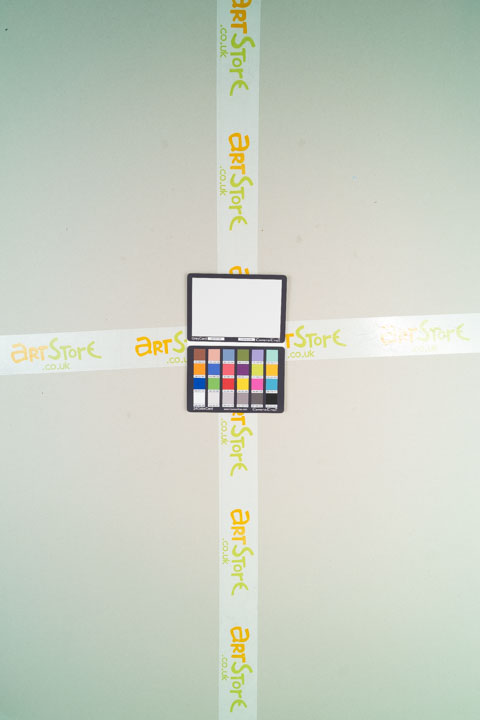
B+W 486
Here the result is much better and there is no noticeable colour cast from the Image Enhancer Pro filter. But I'm not sure why you'd use it like this, there's no need to add a UVIR cut filter to an unconverted camera since the camera has one built-in. Possibly the filter is designed for 'normal' cameras with weak UVIR cut filters - I don't know any modern stills cameras like this, but maybe this is the case for some cine cameras?
Test outdoors on full spectrum camera
On to real life tests. All images with the full spectrum converted X-M1 and Fuji 14mm lens. For the first set white balance was set on the clouds.

No filter

SLR Magic Image Enhancer Pro

Tiffen Hot Mirror

Tiffen T1

Schott BG40

B+W 486
For the second set I shot an image with a gray card before each one, and that was used for white balance.

No filter

SLR Magic Image Enhancer Pro

Tiffen Hot Mirror

Tiffen T1

Schott BG40

B+W 486
Here we see an odd yellow tint to the centre of the image, plus relatively weak cyan vignetting towards the edges in the images taken with the Image Enhancer Pro filter.
Test on standard camera with NDs
Given the poor result of the Image Enhancer filter above, I thought maybe I should test it on an unconverted camera with heavy IR leaky ND filtration. This is the specific situation mentioned on the filter box that it claims the filter solves.
So I tried both my Fuji X-A1 and Canon 5DII with an XCSource ND1000 (ND3) filter stacked with Hitech ND0.3, ND0.6, and ND0.9 plastic filters. The glass ND3 filter blocks 10 stops of visible light and 8 of IR, while the plastic ND stack blocks 6 of visible and 0 of IR. That makes the complete combo block 16 stops of visible light and 8 stops of IR - so it is passing a lot more IR to the camera than visible light.
Please ignore the vignetting and blurriness of most of the images below - the filter stack was very large, intruding into the edge of the frame due to the wide FoV. It was also very windy and I forgot to bring my camera remote shutter release, so I had to manually hold down the shutter release for the long exposures.
The first three images of each are without the ND stack, then the next three with the ND stack.
Fuji X-A1

No filter

SLR Magic Image Enhancer Pro

Schott BG40
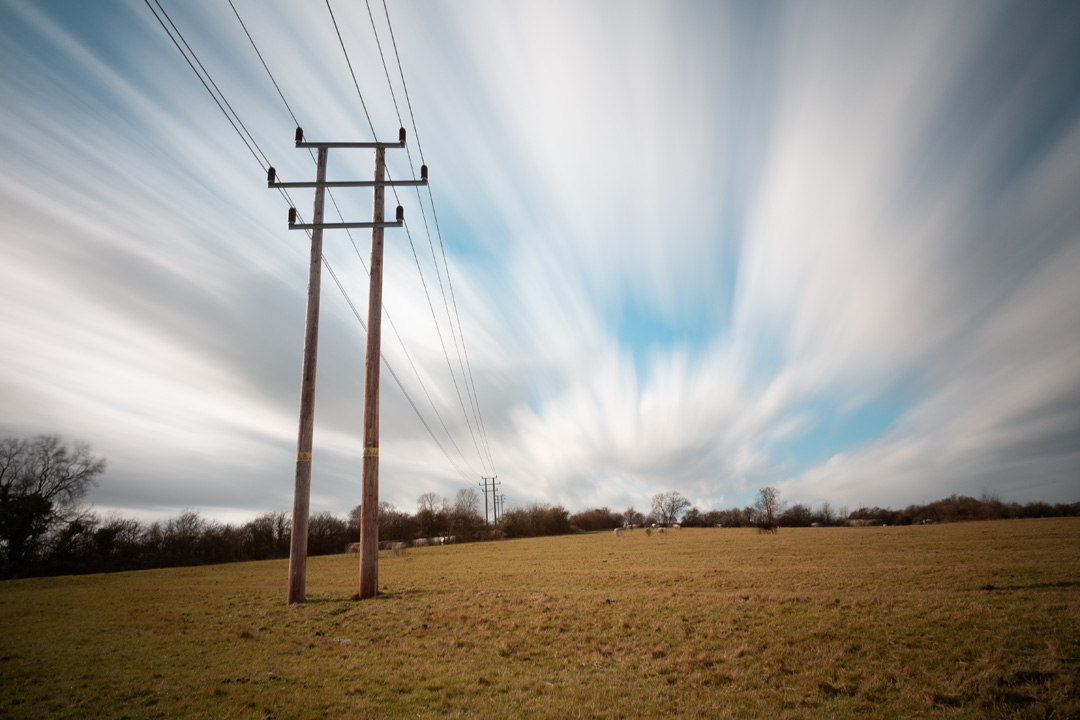
ND filter stack
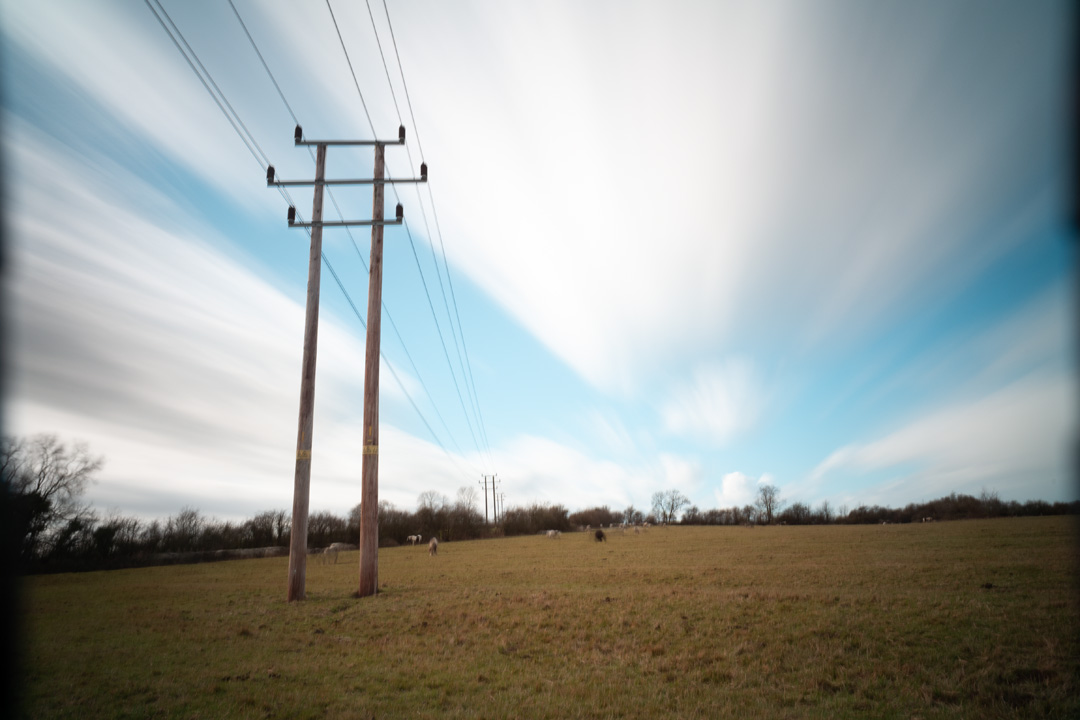
SLR Magic Image Enhancer Pro + ND filter stack

Schott BG40 + ND filter stack
Canon 5DII

No filter

SLR Magic Image Enhancer Pro

Schott BG40

ND filter stack

SLR Magic Image Enhancer Pro + ND filter stack
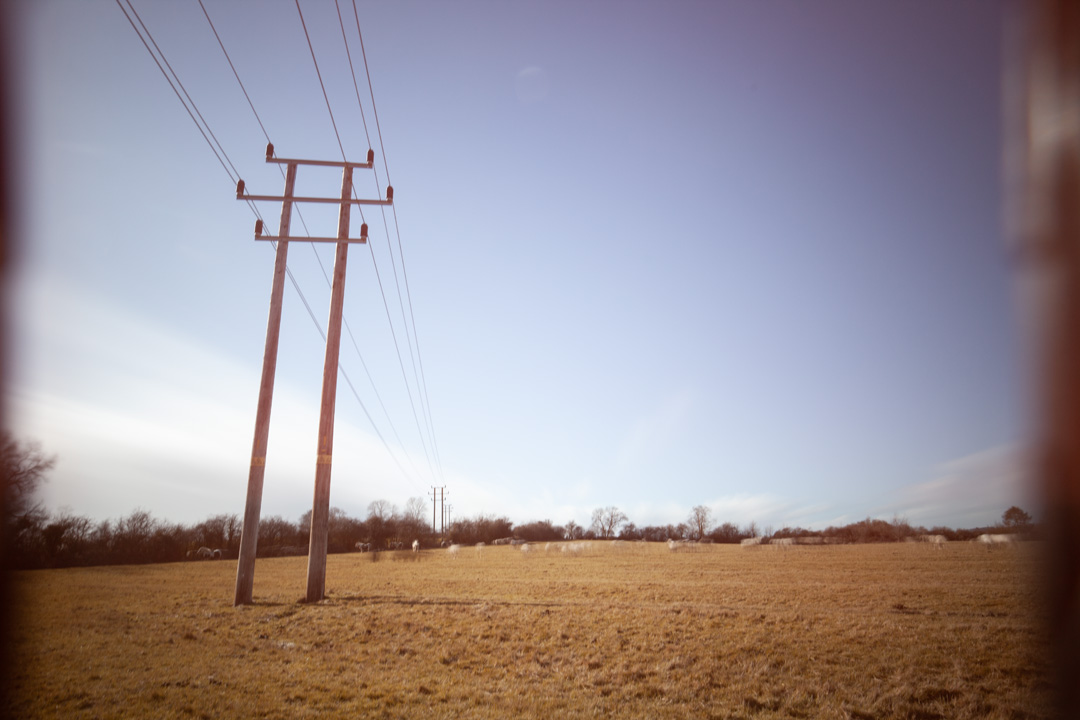
Schott BG40 + ND filter stack
Well, it looks like we don't get the yellow hotspot with an unconverted camera, but on the other hand it doesn't look like the SLR Magic filter makes much difference at all. The BG40 doesn't look very effective.
Conclusion
My search for a UVIR cut filter that will make a full spectrum converted camera render images the same as an unconverted 'normal' camera goes on. Although the BG40 has a strong colour cast, the fact that it is consistent across the image rather than the cyan in the corners, yellow in the centre like the SLR Magic filter makes it preferable to me for wide-angle work. And the B+W 486 works fine for non-wide shots.

The filter comes in a plastic case
Quite possibly the Image Enhancer Pro does the job of removing IR contamination on cine cameras when used with ND filters. But I have no cine camera, so can't exactly test that. For the purposes I bought it for, unfortunately it isn't that great.
PS If anyone knows what the yellow centre would be caused by, I'd be interested to know.

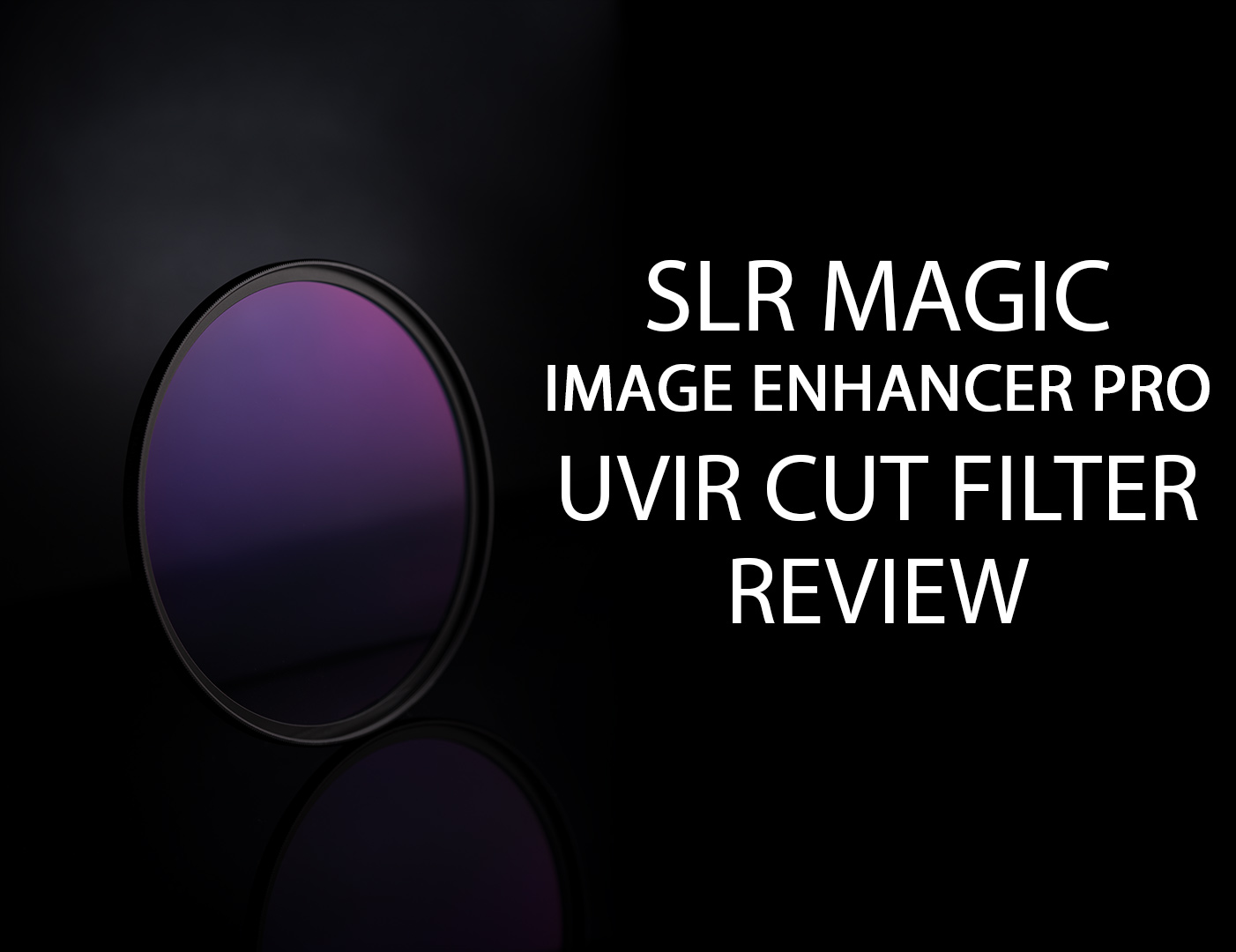
Dear David,
Have you tested the UV/IR cut from STC Optics ??
Thanks, Joan
This article is amazing. Thank you for the careful testing and writing it up. Very much appreciated.